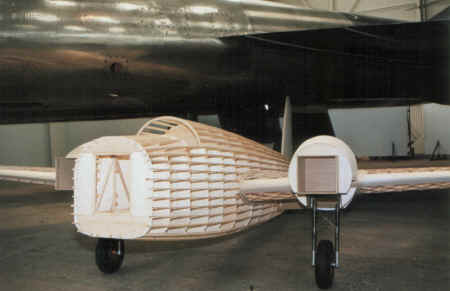The Vickers Wellington or Wimpy as it was often called, has been claimed to have been the backbone of bomber command’s night raids over Germany for a long period in the opening phases of the Second World War before four-engined bombers took over the task in large numbers. At one period in the winter of 1941-42 there were 21 squadrons of Wellingtons operational with Bomber command. In the first thousand bomber raid on Cologne in May 1942 over half the aircraft were Wellingtons. Its geodetic structure, designed by Sir Barnes Wallis, proved to be a great success and it could take a large amount of punishment and still return home. The aircraft also served as the first long range bombers in the Middle East. Another notable uses for the aircraft was with Costal Command where it was used for mine clearance. The prototype flew 15th June 1936. It has a long and distinguished service and was continually developed and put into new roles. The last operational flight for bomber command was the night of 8th-9th October 1943. It remained in service for a short period after the war as a crew trainer.
It took John’s three years to build this substantial model which was first flown in 2000.

Here we see John preparing to start up for a flight at Cosford 2002 show.
As can be seen opposite the structure is based on a geodetic structure. This was reproduced from full-size drawings and help from the Brooklands Museum. Jigs were required to form the foam wing outer core. Sixteen jigs were used. Each outer wing panel took six months to complete.

The model has retractable undercarriage, flaps, lights (2x 50W), 10″diameter wheels, pneumatic brakes and a bomb drop option. There is an on-board compressor to maintain air pressure.

The model is covered in Diatex 1000. Rib tapes were cut to scale especially for John by F&M in America. The final finish was dope. Here, the model was displayed at the Binham fly-in in 2001.
Eighteen servos are used.The receivers use 4.8V and servos 6V. This voltage is provided using a combination of nicad batteries and gell cells.

The model is docile to fly and has trainer like characteristics in normal flight.
For event tickets, merchandise and more visit our online shop.